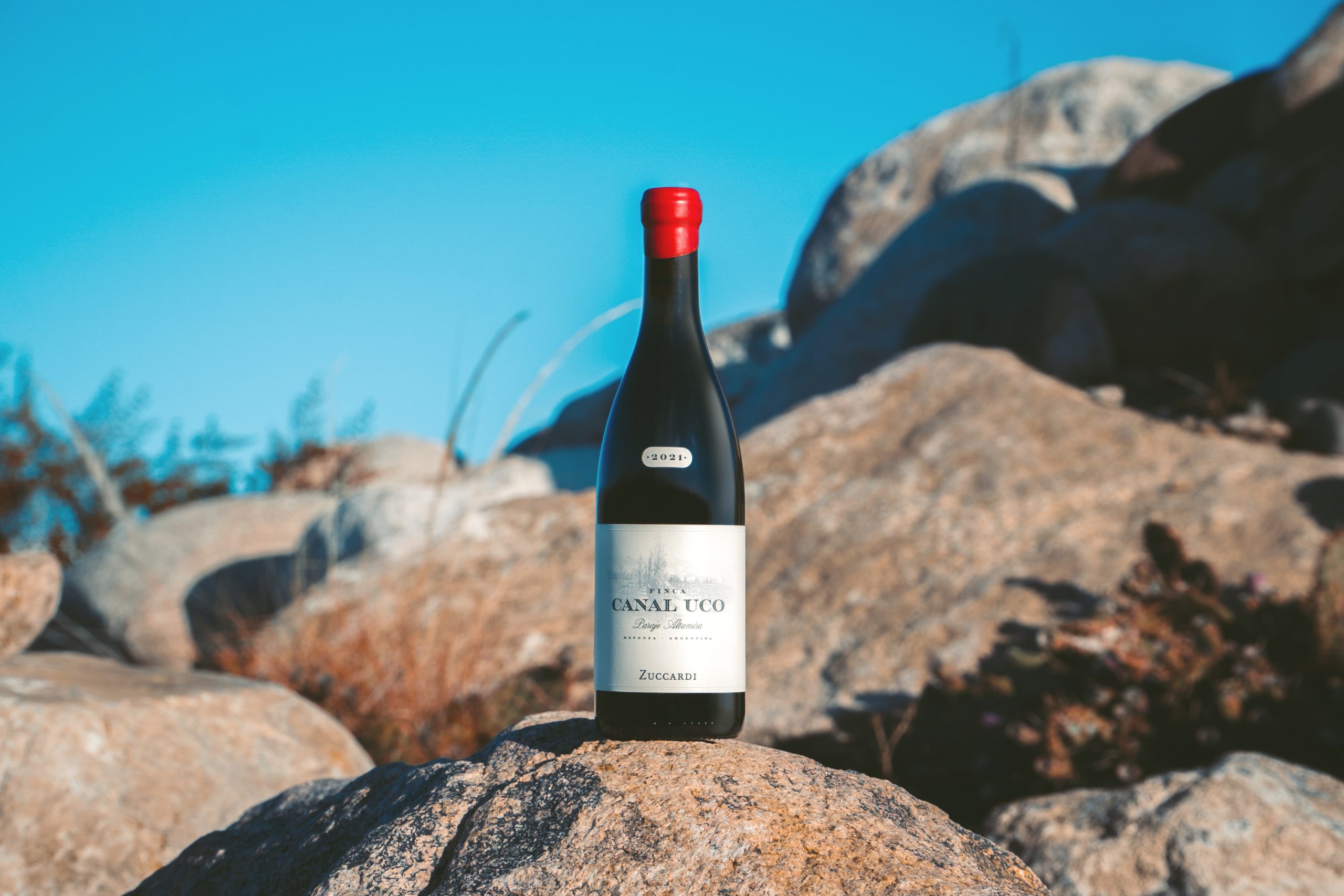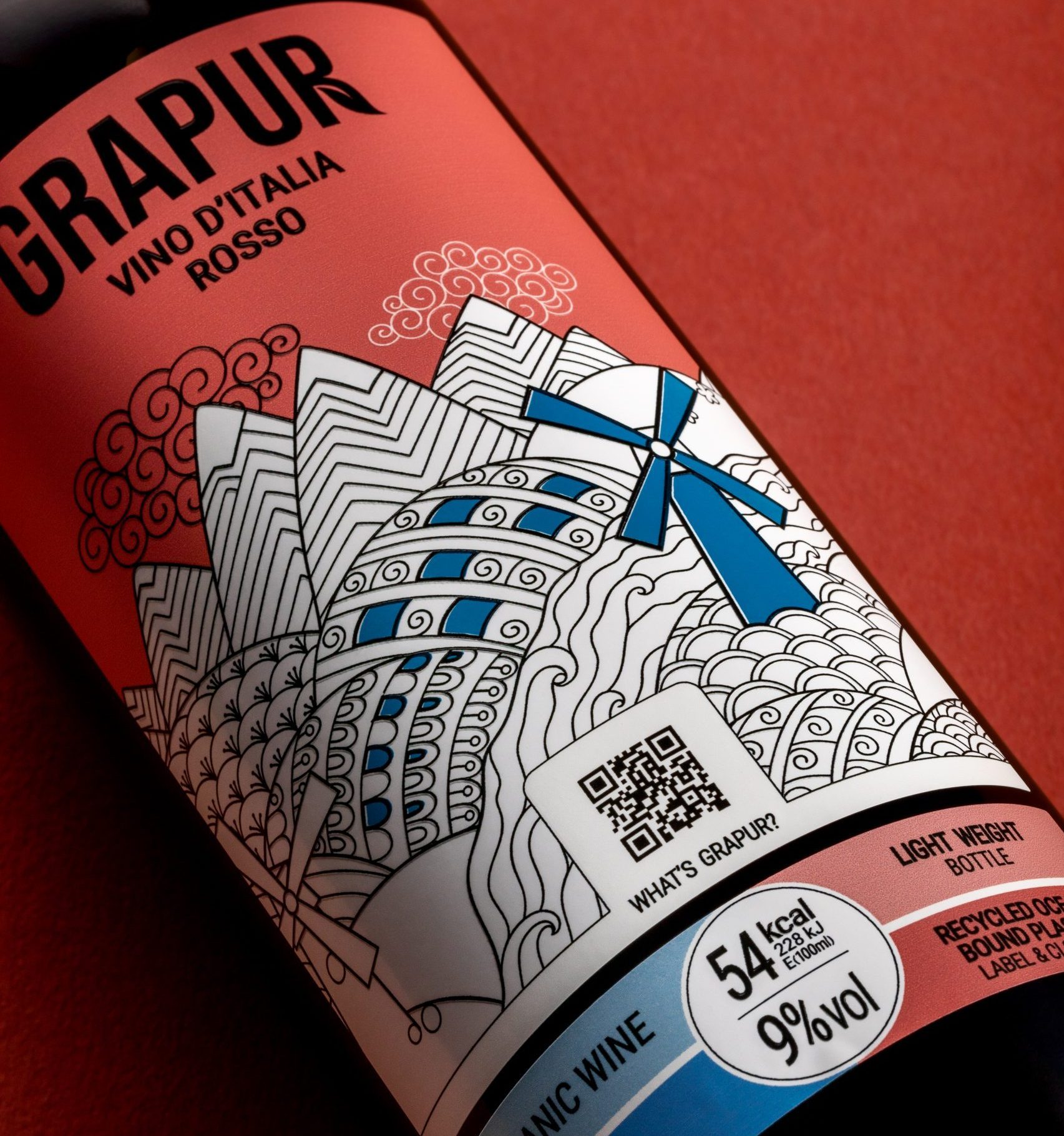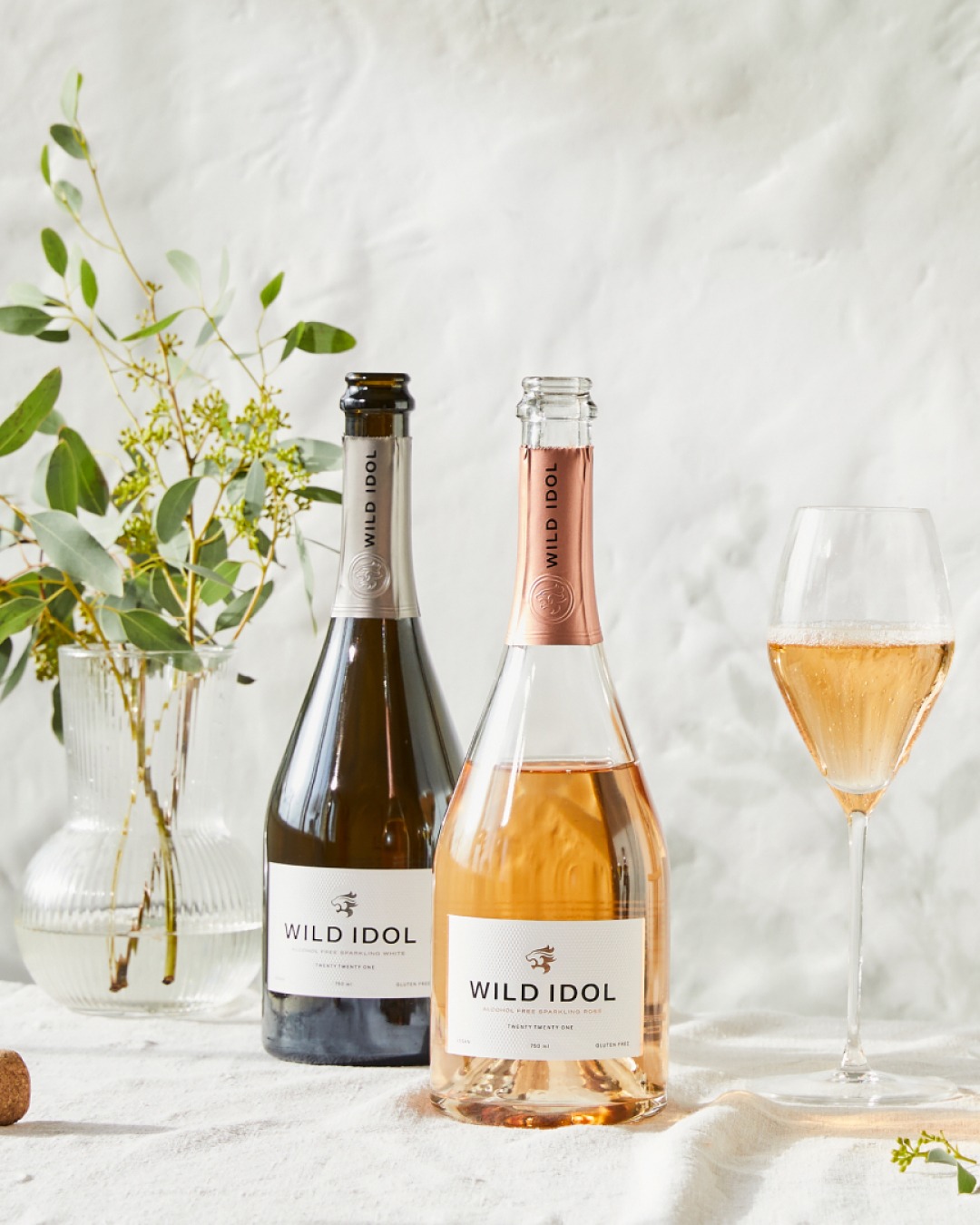2013 primeurs: Graves and Château d’Yquem
The final day’s tasting of Bordeaux 2013, and a summary of how to handle the ensuing campaign.
At Haut-Brion and La Mission Haut-Brion the job of tasting is made easier by the peerless reception and the quiet, studious atmosphere. In a vintage like 2013, when it is hard to appreciate fully the long term potential of the great wines, often delicate creatures, as you gallop through dozens of samples while walking round a busy room, their approach has real merit.
I left La Mission having spent a good hour analysing in depth just nine wines, seated comfortably and undisturbed, allowing me to identify the individual strengths of each, and of every skilful stage in the winemaking process. The impact of this is to underline the incredible skills of the top properties in maximising every single element in such a difficult vintage, in a way that would have been quite impossible 20 years ago.
Dragon de Quintus has a gentle blackcurrant nose, begins softly on the palate, clean with almost metallic purity and very fine tannins, a smooth satin finish and good length. Chapelle de La Mission has deeper, darker fruit on the nose, good floral intensity with a sweet core; the tannins are again very fine with a firm, masculine structure, minerally on the finish. Clarence de Haut-Brion has a solid opaque cherry red appearance, pronounced yet elegant nose of red berries; clean on the palate with racy acidity and good grip, intense and even a bit hot on the back of the palate, leading to a little ball of ripe dark fruit on the finish; distinguished hints of Earl Grey and minerals, and very smooth tannins.
Quintus offers a harmonious, complex and deeply aromatic nose suggesting that this is how to make a top St Emilion in 2013. The palate is balanced and round with broad, expansive, ripe, sweet currants and berries in a charming style, quite feminine but with good body and a long, constant, polished and very satisfying finish.
La Mission Haut-Brion is closed on the nose and offers an atypical apple and blackcurrant fruit on the palate with fine grainy tannins, a light structure and limited depth. Pure pebbly minerals emerge on the mid palate accompanied by dry crushed berry fruits, and what this wine lacks in intensity, it makes up for in its impressive polish and sophistication. Haut-Brion presents wafting wood smoke, upfront dark fruit followed by sweet red fruit on the nose, aromas filling out slowly. My search for depth and complexity is rewarded instead with an example of pure fruit and utter harmony of the various parts.
The Pessacs are outstanding examples of winemaking, every element has been finely hewn and delicately balanced, and they offer everything a Bordeaux should have except, unfortunately, the power of concentrated fruit. It is clear that much has been sacrificed in order to produce such finesse from such testing circumstances, but the spirit of the fruit is not quite there. The St Emilion’s, however, are extremely good and offer the full package, and will be worth buying at the right price.
Clarté de Haut Brion is a delicious, fresh lemon and grapefruit citrus blend, plenty of fruit, full and satisfying without being hugely complex. La Mission Haut-Brion blanc offers a warmer nose, pure and broad with a sweet core of lemony citrus fruit, creamy vanilla and oak, drawing in to a more linear mid-palate which would benefit from more forward acidity, then on to a long, balanced, almost juicy finish. Haut-Brion blanc is the best by far, sporting a full nose of peach, lemon and lime, and honeydew melon and plenty of body. The ripe, round fruit found at the soft heart of this wine is balanced with fresh acidity, and keeps the attention through a long, agile finish.
Château d’Yquem is the product of a perfect growing season for Sauternes, and impeccable timing on nature’s part as the four separate runs through the vineyard that make up the wine were preceded by rainfall, then high temperatures, ideal conditions for noble rot. The chart that the château produces each year shows this clearly. Only 40% of the harvest was used, the remainder being declassified to maintain optimum quality, resulting in yields of 9hl/ha or roughly one glass per vine, which is quite normal for this property. The wine is a blend of 70% Semillon and 30% Sauvignon Blanc.
It has a very deep buttery golden colour with yellow glints; a pronounced and complex nose offering aromas of toasty caramel, vanilla, mint, baked pear, mango and clove. Very rich and sweet on the palate, masculine in style and weight yet beautifully smooth with a light creamy, peppery, spicy edge, the ripe orange fruit is broad, mouth-filling, and very round. The finish is very long indeed, with a distant hint of fleur de sel. A very fine Yquem indeed.
The Union tasting for the reds and whites of the Graves and Pessac-Léognan brought the show to a close on a positive note, as there is some rather good wine especially among the whites. The reds show good colour and decent ripeness with fruit character tending more to red than black fruits, a year of strawberries and raspberries, but they have less overt aromas than usual, with firm tannins and a lighter fruit content. My picks among the reds begin with Bouscaut, whose floral, airy nose offers mincemeat complexity with nice sweet dark fruit on the palate, smooth tannins and a tight structure. Carmes Haut-Brion shows a deep purple colour, an open mineral nose, fresh in the mouth with a notable, dense fruit core, agile and long, stylish and elegant, and smooth rounded tannins on a long finish.
Partner Content
Domaine de Chevalier is typically all elegance, with its stylish nose of rose petals, red fruit and deep gravelly terroir, although a touch light and short on the palate. Fieuzal is vibrant, pure and fruit-driven, backed by gravel aromas, plenty of red and black currant fruit, and will doubtless put on weight in the barrel. Haut Bailly is reticent, distant and brooding, the fruit builds, dark and rich, and the finish is long. Malartic Lagravière has bright, vibrant red fruit on the nose, modern, almost flashy in style, plenty to chew on in the mouth, pure and deep, with a gravelly texture and sweet, smooth tannins; very nice indeed.
Pape Clément is backward on the nose but you can unearth aromas of crushed red berry fruit, a hint of dark chocolate, and a marked absence of the overwhelming smoky oak that they favoured up until a few years ago; good body, almost mouth-filling, ripe and juicy fruit core, delicious and sweet with plenty of terroir, but needs to put on weight. Smith Haut Lafitte has vibrant, pure red fruit on the nose, tangible but well-balanced oak structure on the palate, and plenty of their distinctive flinty-gravelly terroir.
For the most part the whites enjoy good uniformity of pronounced, citrus-driven fruit aromas, healthy body and fresh, balancing acidity. I was pleased by the very discreet use of oak, which is only apparent in one or two of the wines, but I was not overwhelmed by any great depth or complexity, although they are certainly ripe and pleasurable. Domaine de Chevalier starts focused and tight then reveals ripe pear and grapefruit aromas, deep and minerally behind, opening out wonderfully on the palate with lingering freshness and a pure grapefruit finish.
Carbonnieux offers a full nose of lemon and lime and is generous on the palate, but lightens up a touch on the finish. Fieuzal has a fine, grassy, citrusy nose, opening nicely with light creamy honey flavours and a fine, mineral, linear length. Haut Bergey offers plenty of citrus with good body and racy acidity. La Louvière has creamy aromas laced with touches of smoke, while the fruit is green and grassy. Malartic Lagravière is full of citrus, with lemon and lime, clementine and grapefruit, and a fresh zesty finish.
Pape Clément is all fruit and minerals on the nose, pronounced and very elegant, a hint of dry oak on the entry, good weight and decent balance and length. Smith Haut Lafitte is different from the rest, much more substantial without being overweight, very minerally, deep, precise and very long, and the best of this tasting by a good margin.
In summary, 2013 Bordeaux is a difficult vintage to buy with confidence. There is a lot of variation between the appellations, and even within them. St Julien, Pomerol and Sauternes/Barsac are relatively safe areas, with minor exceptions. Many of these reds will take on more convincing weight and structure during the barrel aging process, so my recommendation would be to hold fire and to reassess the wines once they have been bottled in a couple of years’ time. The only reasons for buying en primeur are to be sure of an allocation of the rarest wines while they are still available, and to buy at the best price before the market lifts them much higher. The former still has some traction in this vintage, but the latter is very unlikely to happen, certainly in the short term.
Given that the Livex 100 index has shown a fall for 12 consecutive months now, and that the first couple of châteaux to release are at, or very close to, their 2012 prices, ignoring the trade’s calls for price cuts, I have not yet heard a convincing argument for buying anything en primeur this year. The négociants – my Bordeaux colleagues – are stuck in a very difficult position, obliged to take their allocations of wines for fear of losing them, so they will have an interest in selling them through.
They certainly don’t want to add a third vintage to the hefty stocks of 2011 and 2012 that they are already holding. Overseas importers who deal heavily in Bordeaux en primeur will show a significant hole in their turnover if they can’t make the campaign work, so they too will find reasons for customers to buy. Drinkers and collectors can afford to hold fire though, review the wines when they are bottled, and buy with confidence then at quite possibly the same price.




